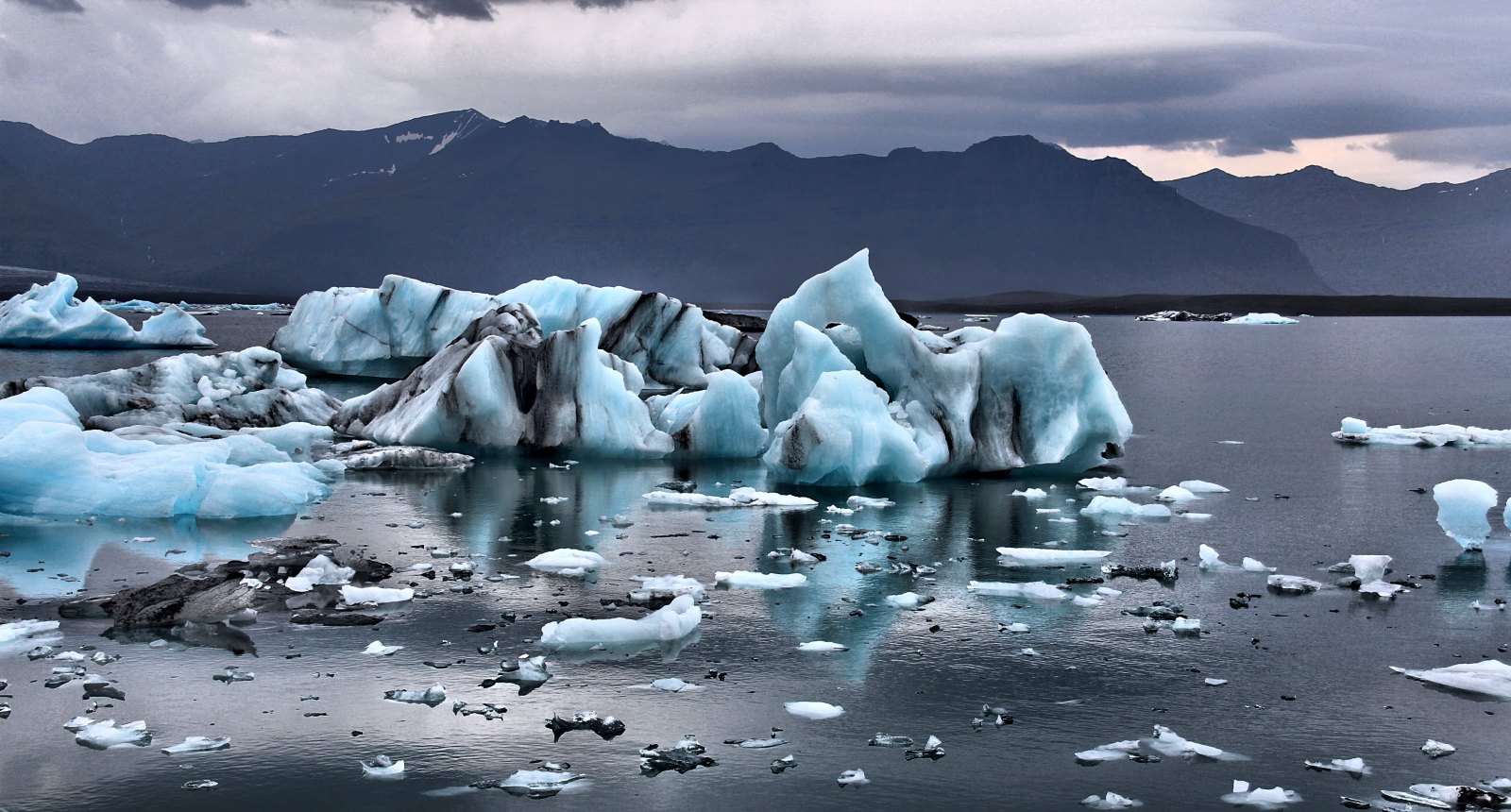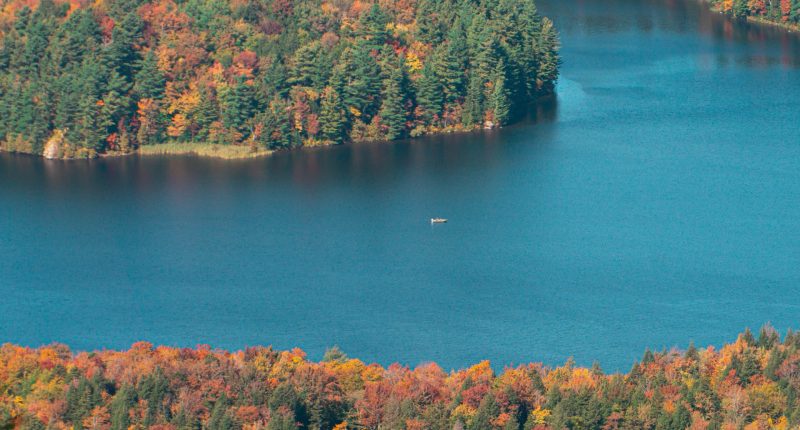
How Climate Change is Affecting Your Bucket List: 10 Landmarks Being Threatened by Global Warming
The effects of climate change have put many of the world’s most prestige travel sites at risk of suffering serious consequences, with some of them facing the prospect of disappearing entirely. All across the globe, glaciers are melting, sea levels are rising, and some of the most cherished landmarks are being destroyed – soon many will be unreachable by humans.
In April, I spoke at the Women in Travel Summit about some of these destinations and the threats they’re facing. Today I want to expand on that presentation that I gave and give my readers a look at which of their bucket list destinations may be at risk of vanishing.

The Maldives
I’ve just returned from a trip to the lowest-lying country in the world, with a maximum natural ground level of 2.3 meters, and an average of only 1.5 meters above sea level. By the year 2100, it’s expected that 77% of the islands will be underwater. While officials within the country are working quickly to make the Maldives carbon-neutral, if other countries don’t pull together to help reverse the planet’s warming, then this paradise could be lost forever.

Manchu Picchu, Peru
The famous trek has already been closed down several times in the last few years due to landslides and forest fires. This area of Peru will also face species extinction and flooding due to extended periods of rainfall that may leave Manchu Picchu unclimbable.

Bwindi Impenetrable National Park, Uganda
Home to half of the world’s remaining endangers mountain gorillas, this national park is under threat from rising temperatures that are reducing forest terrain available for these animals to inhabit. Deforestation is also posing a threat to this park, which is one of only three places in the world that tourists can see these beautiful animals in their natural habitat.

Venice, Italy
It’s been said for many years that Venice is sinking, with its less than ideal location along the Mediterranean Sea, no one is really all that surprised. However, the floods, known as the “acqua alta”, occur about four times a year, when the ride rises above 43 inches. With the predicted sea level rise of 1-3 feet globally over the next century, the city may experience these floods between 30-250 times a year, until it’s well on its way to vanishing forever.

Rapa Nui National Park, Chile
Better known as Easter Island, this area faces the threat of water shortages due to reduced summer rainfall and the famous carved Maoi stone head statues on Easter Island face the risk of being damaged due to coastal erosion and sea level rises. The continued erosion over time will eventually chip away at the foundation of the statues until they eventually fall and are lost at sea.

Galapagos Islands
The sensitive ecosystems of the Galapagos Islands are under threat from rising sea levels, warming oceans, ocean acidification, and extreme weather events. Sea level rise has already begun to affect the island and the nesting places for species like penguins and turtles. The thousands of unique species, that are found nowhere else on earth, and are all at risk of becoming extinct.

Great Barrier Reef, Australia
The Great Barrier Reef contains the largest collection of coral reefs and over 1500 species of fish. However, rising ocean temperatures and increasingly acidic ocean waters are threatening the survival of the reef. More than half of the Great Barrier Reef’s coral cover has already been lost due to storms and mass bleaching events linked to climate change.

Alaska, USA
Alaska is warming more than twice as quickly as the rest of the country according to the United States Environmental Protection Agency. Which is jeopardizing its famous glaciers and frozen tundra. The sea level rise that’s occurring, as a result, is eroding the ground beneath the feet of those living in coastal villages and leaving thousands of people homeless.

The Dead Sea, Jordan
This region is currently experiencing its worst drought in 900 years. It’s estimated that the sea’s surface level is dropping by a meter every year due to increasing temperatures. The lake could eventually disappear, leaving nothing but salt deposits and beaches. Continued drilling, extracting of minerals, and water diversion by humans isn’t helping the Dead Sea and is only contributing to making it even drier.

Statue of Liberty, New York City
Not even the 305-foot universal symbol of freedom is immune to the dangers of climate change. Although the statue remained unharmed in 2012 by Hurricane Sandy, the landmark was closed for nine months due to the majority of the island being flooded. UNESCO is worried the site is at serious risk due to continued sea level rise, storm surges, and increased storm intensity.
Sorry, the comment form is closed at this time.




Rosie
I did an online course a couple of months ago and they had a glaciologist on, who said that the majority of glaciers are past the point of no return 🙁 It’s so saddening and I wish our governments would wake up to it and actually do something meaningful.